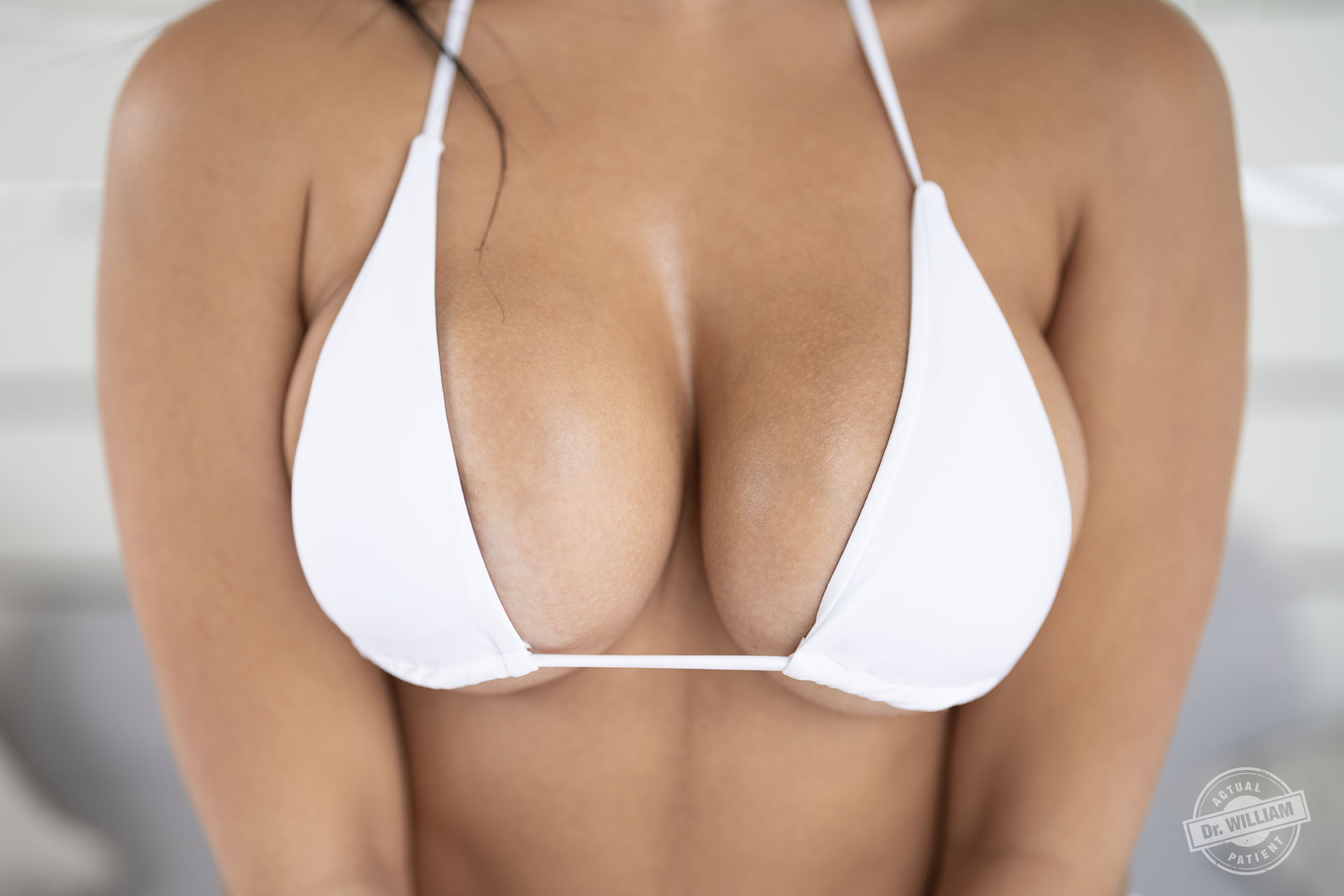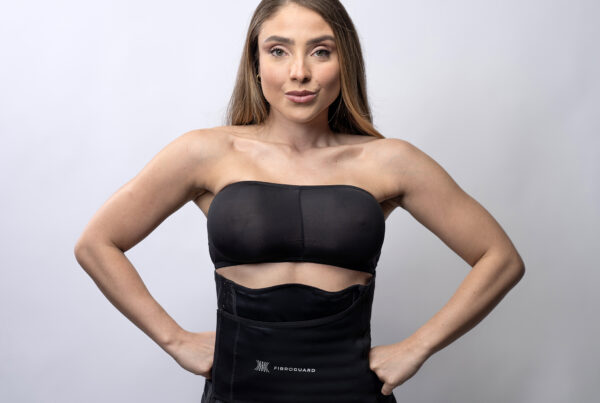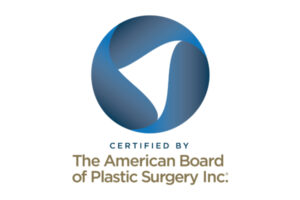There are a lot of misconceptions about what a “high profile” means when considering breast implants, but it’s likely different than what you’ve probably heard– it isn’t how high the breast implant sits on the chest. A high-profile implant is actually a type of implant from the manufacturer, and there are a few different profile styles – low, medium, high, and ultra-high.

If you lay implants with different profiles flat on a table and look at them, the profile is how much curve the implant has on the top – a low-profile implant will have less curve, and an ultra-high-profile implant will have the most curve. Implants span the ladder – low, medium, high and ultra-high.
The profile refers to the amount of projection from the chest wall. A high or ultra-high-profile implant has more projection or volume for the same width. It’s a larger implant based on how far it comes out from the chest.
In a breast lift – I will always use a high-profile implant. If you’re having a simple augmentation, then I’ll frequently use a high-profile, but I usually discuss all the options with patients so we can make the best decision based on the look they’re hoping to achieve.
Some people might believe that if they like a high-profile implant, they’ll really like the ultra-high, but that usually isn’t the case. Ultra-high was designed for breast reconstruction after a patient undergoes a full mastectomy after breast cancer.
Breast reconstruction after cancer is a lot different than cosmetic surgery because no breast tissue is left to augment. The complete breast, often right down to the chest wall, is removed during a mastectomy, which means plastic surgeons create an entirely new breast. Thus, reconstruction patients will need a high-projecting implant.
Not to say ultra-high cannot be used for cosmetic surgery. Some people do use them, but I do not. I believe the ultra-high profile implants make for a bit of an odd shape.






